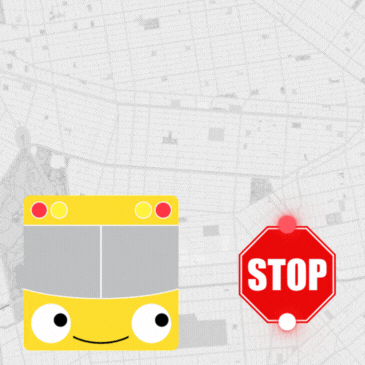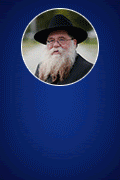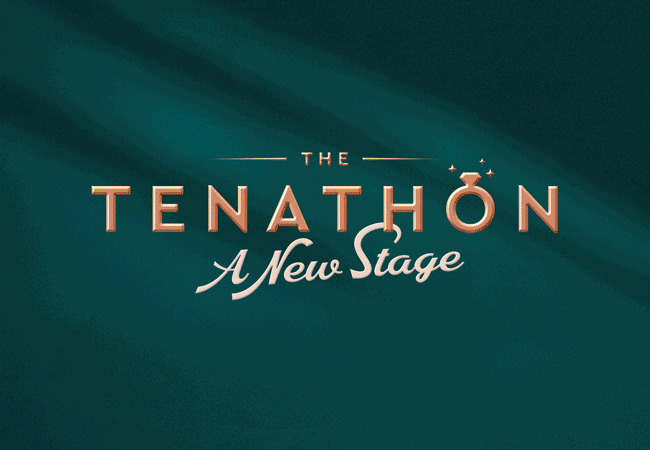In 1940, the sixth Lubavitcher Rebbe, Rabbi Yosef Yitzchak Schneersohn arrived in Gothenburg, Sweden for what would be the last stop on his harrowing rescue from war-torn Europe.
A New Mikvah In Gothenburg, Sweden
In 1940, the sixth Lubavitcher Rebbe, Rabbi Yosef Yitzchak Schneersohn arrived in Gothenburg, Sweden for what would be the last stop on his harrowing rescue from war-torn Europe.
Several years later, in 1948, he recalled the small Jewish community in Gothenburg in a letter addressed to a rabbi living in Sweden.
You must build a mikvah in this city, he wrote from his office in his new headquarters in New York. With Europe still reeling from the Holocaust, that would be easier said than done.
Fast forward to 1987, when his successor, Rabbi Menachem Mendel Schneersohn requested of Rabbi Avraham Glick, a businessman living in London to travel to Gothenburg and see to it that a mikvah is built.
But three years ago the mikvah, which was maintained since 1991 by Chabad representatives to Sweden, Rabbi Alexandar and Leah Namdar, faced imminent closure when the owners of the building decided to sell.
With the directives of the Rebbes ringing in their ears, the Namdars launched a $270,000 building campaign for a new mikvah located in the Gothenburg Chabad center. They are now putting the finishing touches on a beautifully designed state-of-the-art mikvah.
“We wanted to build a spa for the body and soul, a timeles space that links past, present and future,” explains Leah Namdar, who will run the mikvah. Inside the walls are tiled with golden-hued Jerusalem stone; the constantly changing colors of LED lights that line the waterline of the pool add a modern twist.
Suspended from the ceiling are two ”peace doves” fashioned from a type of porcelain that lets through a soft, warm light when the bulb inside is illuminated. Olga Popyrina, a designer who has created products for IKEA, designed the doves.
“The doves symbolize purity, which is what the mikvah is all about,” she says. For her, light is more than tool; it needs “to have meaning. These doves also symbolize love and peace.”
The water cascades down a waterfall into the spacious pool. A luxurious Jacuzzi sits adjacent to the pool, and a separate room features showers and other amenities.
The only mikvah in Gothenburg with a Jewish population of 3500, Mrs. Namdar expects that it will draw new visitors from the community.
In addition, while the old mikvah was below ground in a basement, this mikvah is on the ground floor of the Chabad house. Its wide windows create a breezy, daylight-filled interior.
“People who will visit the mikvah won’t be coming because they have to, but because it is a very enjoyable experience, physically and spiritually,” explains Sara Lejderman, a freelance writer and longtime participant at Chabad in Gothenburg.
Over half a century ago, one man requested a mikvah in Gothenburg. The new mikvah fulfills that request and then some.















Jewish dude
why not in Ann arbor mi were there are still Jews alive and well. there are no Jews left in Sweden. so it is a waste of time and money.
WOWW
GO NAMDARS!!!!
THE AFRAH-S :)
NOTHING LIKE THE NAMDARS! SUCH NACHAS! WE LOVE YOU
proud sister
Mazel Tov on the beautiful new mikvah,
you guys do amazing work!!
CH-er
absolutely beautiful!!!
Tzipporah Hahn
WOW! mazal tov on the new mikvah! May you grow from strength to strength!
shluchim to sweden
there is plenty of jews left over 700
to #1
There are about 6000 jews in sweden so it is worth doing a mikve
Chanale
Alex & Leah this is really amazing!!! sooo happy for you!!
to #1
17,000 Jews Baruch Hashem in Sweden, according to the Jewish Almanac
to #1
Don’t say something if you don’t know anything about it!!
There are about 5,000 Jews in Gothenburg and 17,000 in Sweden.
another Jewish dude
To comment #1
don’t push others down, to push yourself up.
This is not the Chabad way.
see comments #10,#11.
good luck with your life.
To #12
I Agree :)